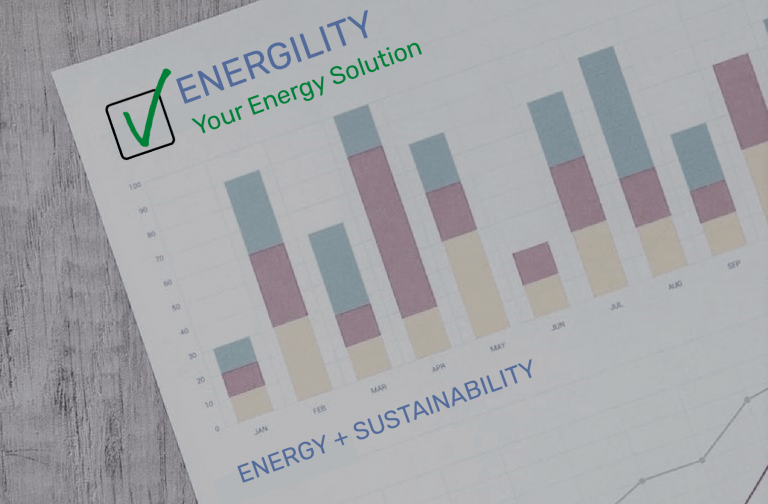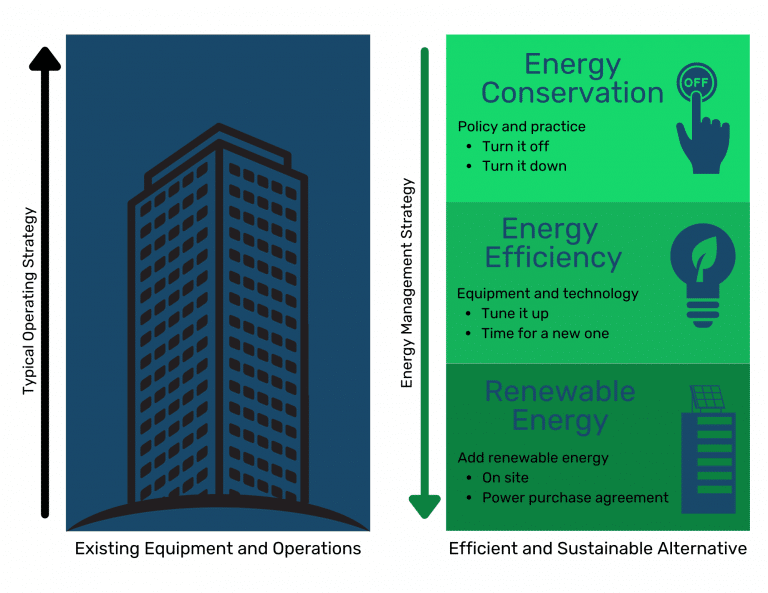
During a recent discussion, the topic arose regarding the general understanding of energy audits and the existence of standards governing them. It was emphasized that energy audits are not merely a concept but a practice with specific criteria to be met. Subsequently, at an event, Justin mentioned ASHRAE as the authoritative body setting the standards for energy audits. This led to inquiries about ASHRAE’s identity and the correct spelling of the acronym. Recognizing the need for clarification, we decided to provide a concise and informative post to shed light on the existence of energy audit standards and the governing entity, ASHRAE. So, let’s delve into who ASHRAE is and explore the different levels of energy audits.
ASHRAE is the American Society of Heating, Refrigerating, and Air-Conditioning Engineers. It is an internationally recognized organization that sets the standards for energy audits. Their guidelines ensure consistency and accuracy in evaluating energy consumption and identifying opportunities for improvement. By following these standards, businesses can trust the results of energy audits and have a clear roadmap for energy optimization.

Energy audits are a valuable tool in evaluating a building’s energy consumption and identifying opportunities for cost and energy savings. All levels of audit should identify low cost opportunities for energy savings. They play a significant role in optimizing energy efficiency and promoting sustainability. To ensure consistency and accuracy in energy audits, ASHRAE has established three levels of audits, each offering different levels of detail and analysis. By adhering to or surpassing ASHRAE standards, energy audits form the cornerstone of developing an Energy Plan. This empowers our clients with a simple and effective strategy to save energy while maximizing their investments. We describe these audit levels in a straightforward manner:
Level 1 observations and experience based (individual and/or industry)
Level 2 analytical and breakdown of systems (engineering analysis and calculation)
Level 3 design focused (life cycle costing)
Level 1: This initial audit involves a quick assessment that compares the building’s energy usage with similar structures. It includes a visual inspection to identify evident issues and suggests simple and cost-effective energy saving measures. The resulting report provides an overview of energy usage and costs, along with a list of potential changes and their estimated savings and expenses.
Level 2: A more comprehensive audit, level 2, delves into the energy consumption of individual components and systems within the building. It evaluates the operational and maintenance practices employed as well. The report generated at this level offers a detailed breakdown of energy usage and costs, along with a precise list of recommended changes, including their exact savings, costs, and payback periods. If further study or analysis is necessary, such as using computer models or measuring actual energy usage, this level will indicate so.
Level 3: The most detailed audit, level 3 utilizes advanced techniques like computer modeling and real data simulation to assess energy usage and verify the effectiveness of proposed changes. This level provides a comprehensive report that outlines energy consumption and costs in great detail. It also presents a list of recommended modifications, complete with verified savings, costs, and payback times. Additionally, the report highlights the risks and benefits associated with the changes and proposes a plan to measure and verify the achievement of the energy savings after implementing the recommended energy saving measures.
Energy audits play a vital role in identifying energy inefficiencies and potential cost savings. By making sure your energy audit adheres to the ASHRAE guidelines, organizations and building owners can make informed decisions about a building’s energy usage and identifying opportunities for cost and energy savings. The different levels of energy audits allow each organization to meet their budgets, goals, and timeline.
For more details regarding the distinctions among energy audits, we invite you to explore the Energility Services page. There, you’ll find a quick video featuring Justin Kale, who expertly explains the differences between audit levels in an easy to understand manner.